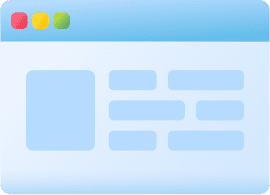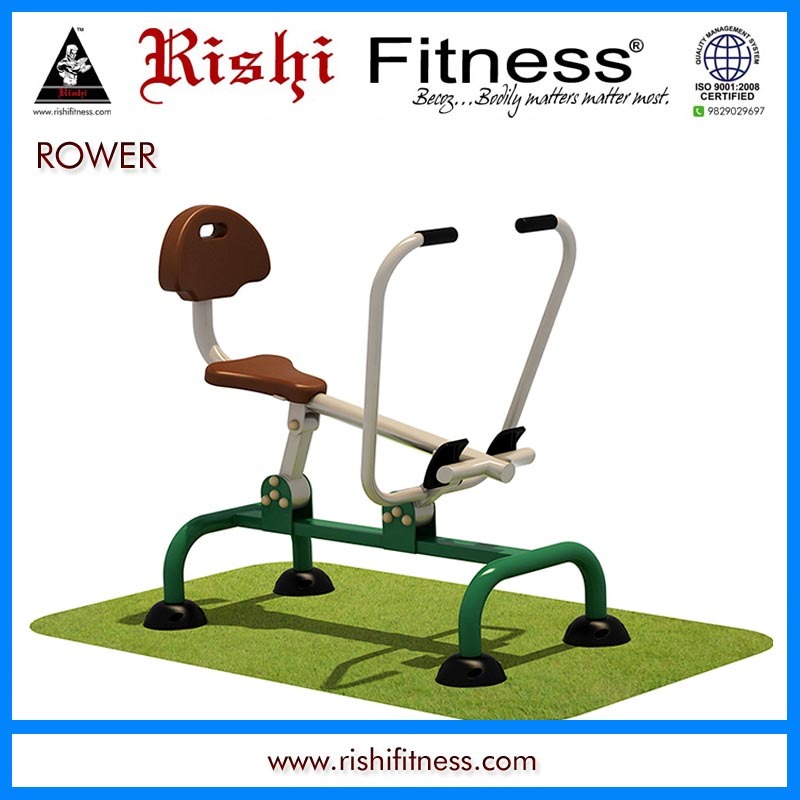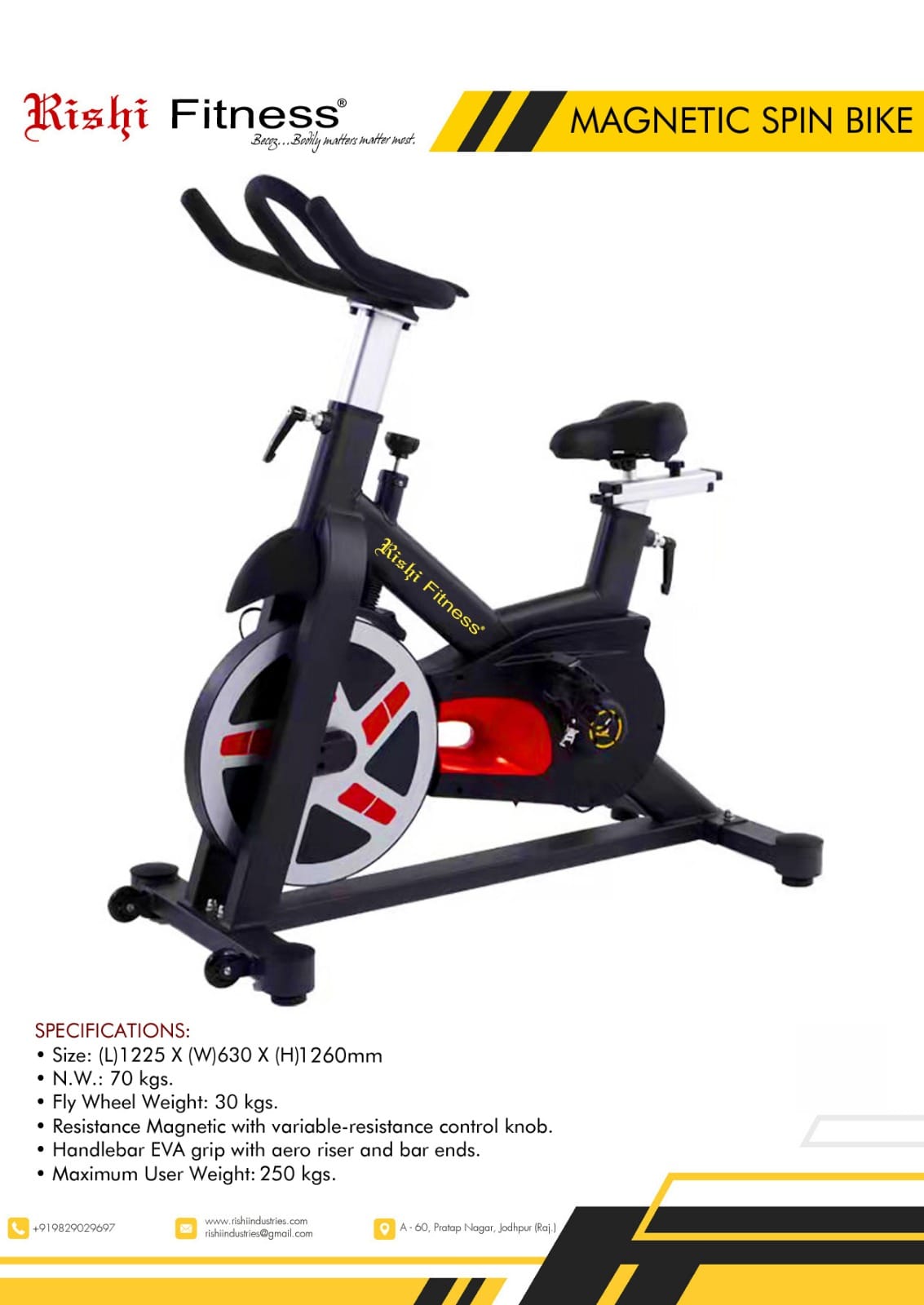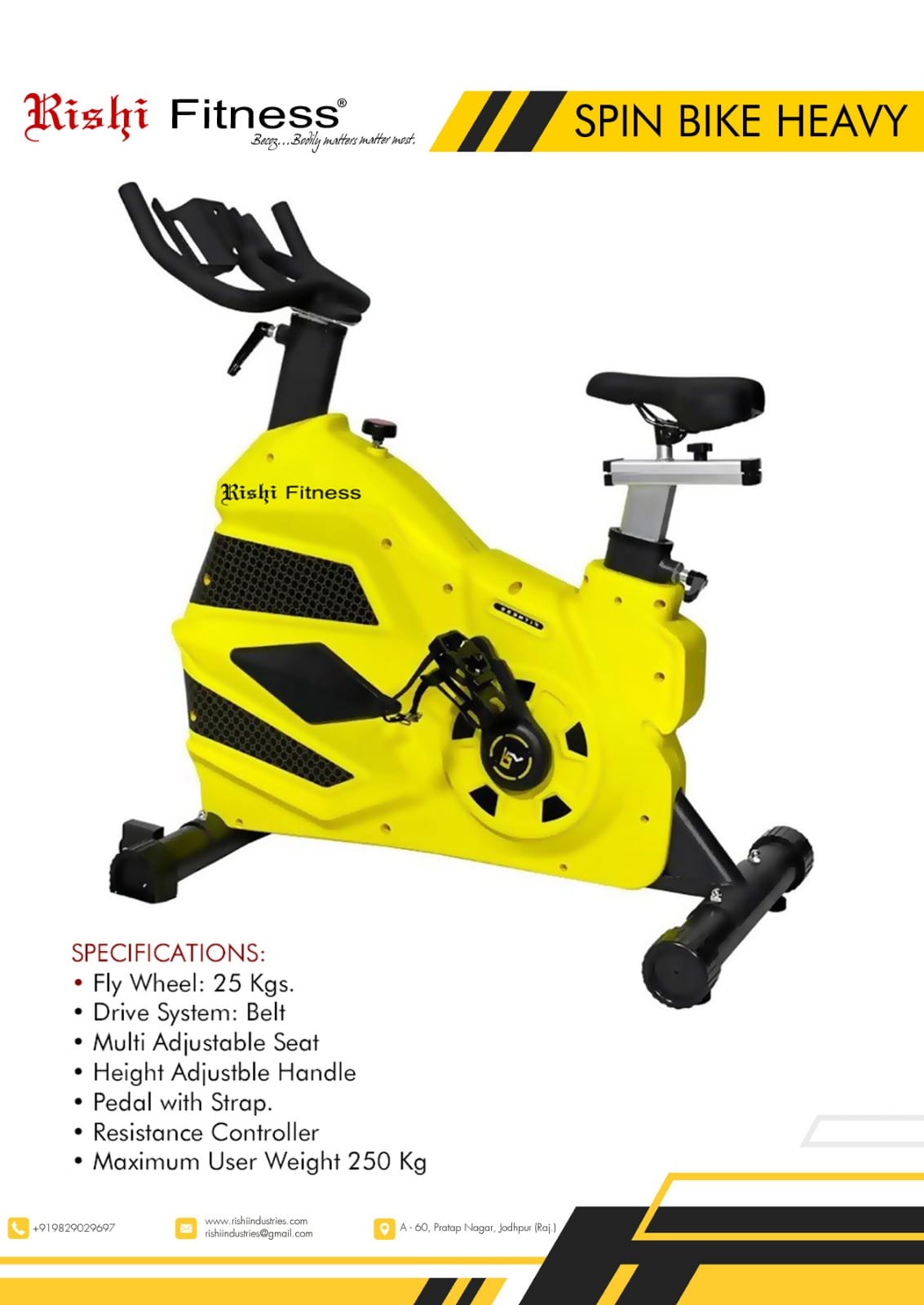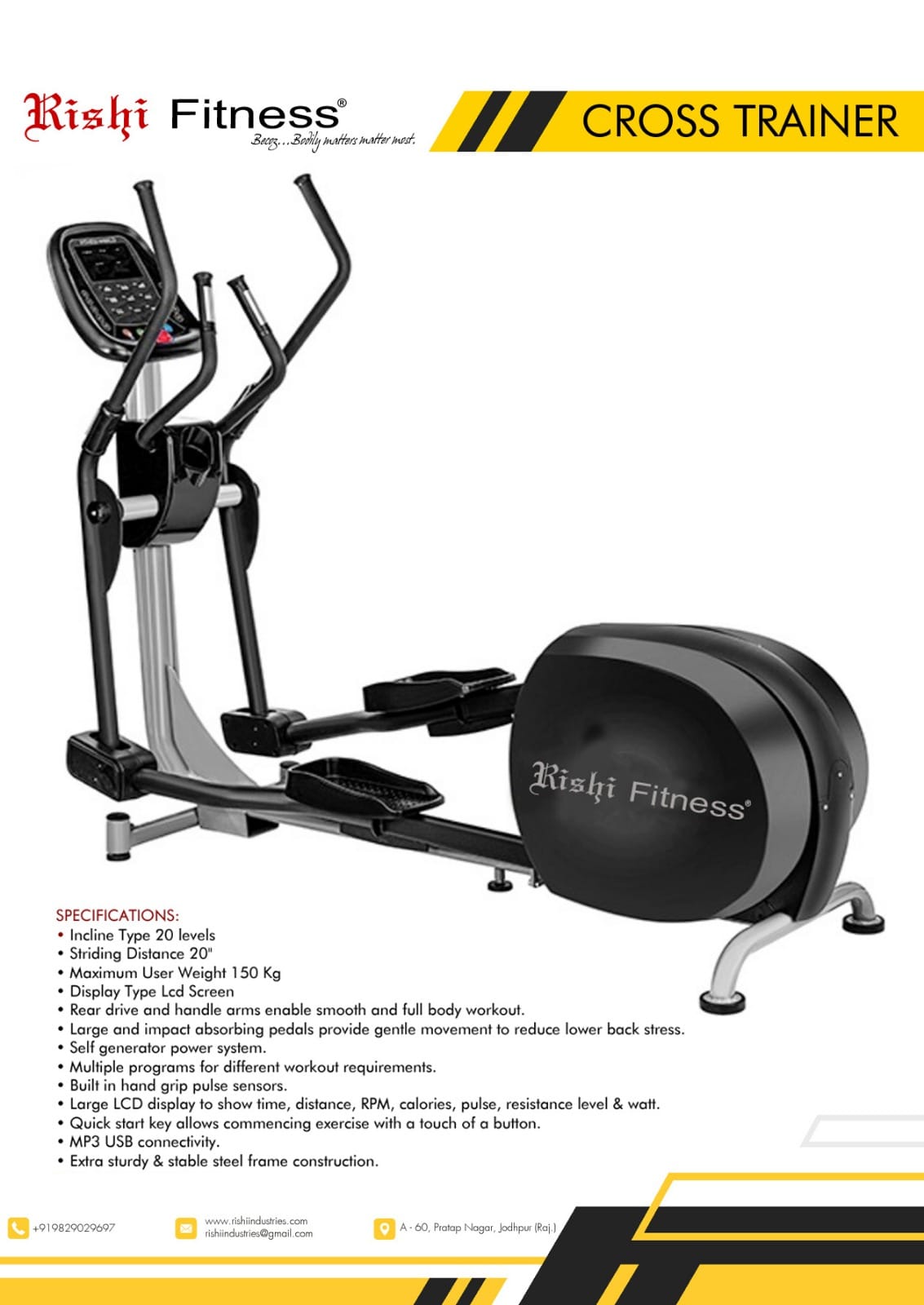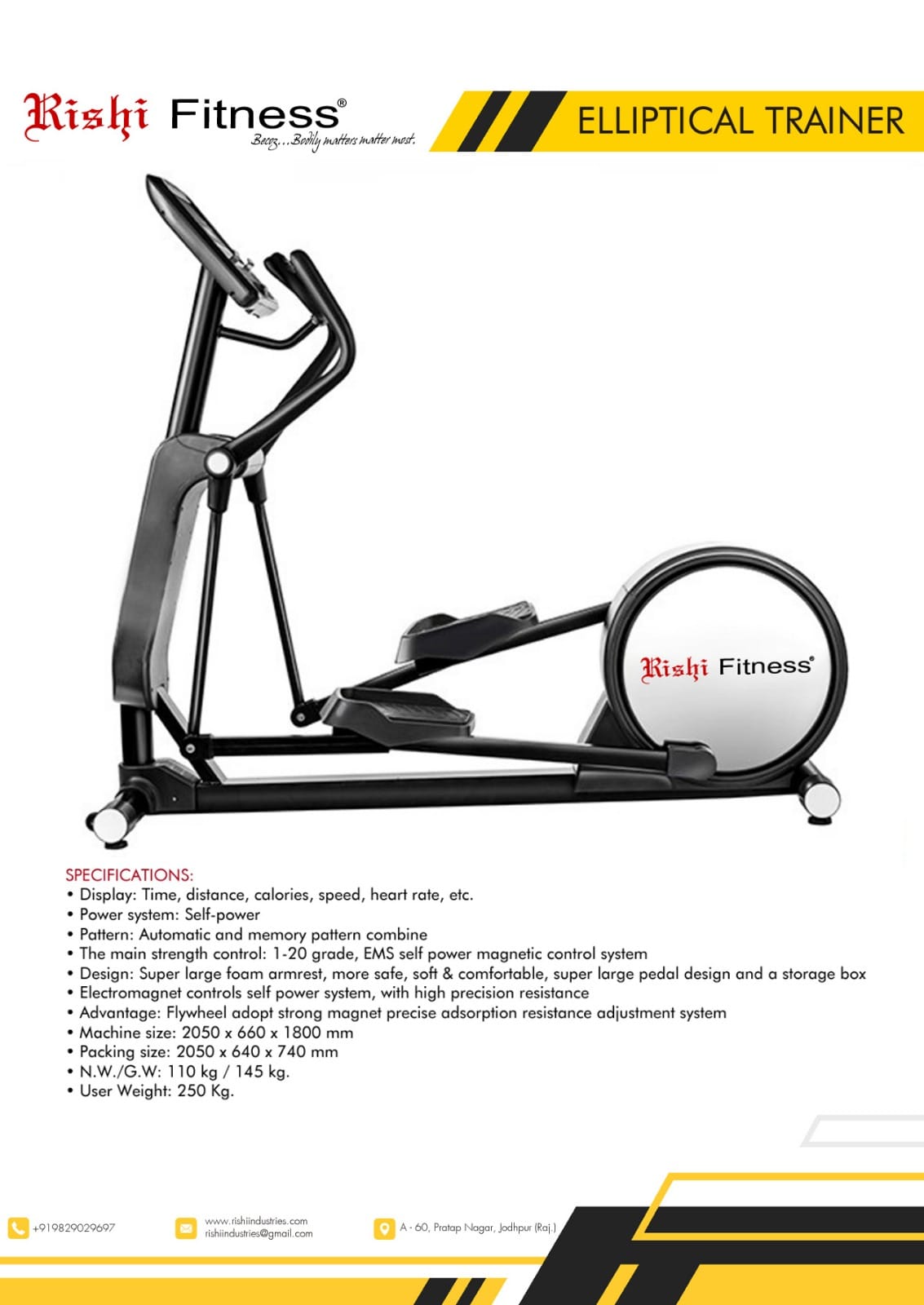Description
Product details
Rower Machine The Rower (also known as a rowing machine) is a popular piece of cardio and full-body workout equipment found in many gyms and fitness centers. It mimics the motion of rowing a boat and is a highly effective exercise tool for improving cardiovascular fitness, building endurance, and toning muscles. Rowing provides a low-impact workout that engages both the upper and lower body, making it a great option for individuals of all fitness levels. Muscles Worked The rowing machine engages a wide range of muscles, providing a full-body workout. Key muscles worked during rowing include: Leg Muscles: Quadriceps: The large muscles at the front of the thighs, responsible for extending the knee. Hamstrings: Located at the back of the thighs, these muscles help in flexing the knee. Glutes: The buttocks muscles, activated during the push-off phase. Calves: Assist in extending the ankle when pushing against the footplate. Core Muscles: Abdominals: The core stabilizes your body and maintains posture during the rowing stroke. Obliques: Engaged to stabilize your torso as you rotate during the stroke. Lower Back (Erector Spinae): Helps in maintaining a neutral spine and supporting the movement. Upper Body Muscles: Latissimus Dorsi (Lats): Engaged when pulling the handle towards the body, helping to develop a strong back. Trapezius: Supports shoulder movement and engages during the rowing motion. Biceps: Assist in pulling the handle towards the body. Forearms and Grip: Used to hold the handle and contribute to grip strength. How to Use the Rower Machine Adjust the Seat and Foot Straps: Seat Position: Ensure that the seat is at the right height so you can fully extend your legs without feeling uncomfortable. Your knees should be slightly bent at the start of each stroke. Foot Straps: Secure your feet in the foot straps to avoid slipping during your row. Make sure the straps are snug but not too tight, allowing for comfortable movement. Grip the Handle: Grasp the handle with both hands using a neutral grip (palms facing each other) or an overhand grip (palms facing down). Keep your arms extended in front of you with a slight bend in your elbows. Starting Position: Body Angle: Sit upright with a slight forward lean at your hips (about a 1 o'clock position). Your back should be straight, and your chest should be open. Legs: Your knees should be bent, and your feet should be flat on the footplate. Keep your shins vertical to the ground. Rowing Stroke (The 3 Phases): Catch (Start Position): The catch is the initial phase where you are leaning forward, gripping the handle, and ready to begin the stroke. Ensure your arms are extended, your back is straight, and your legs are ready to push. Drive (Main Rowing Phase): Leg Push: Start by pushing off with your legs first, using the power of your lower body. Your arms should stay straight during this phase. Lean Back: As you extend your legs, lean back slightly (toward the 11 o'clock position), and begin to pull the handle towards your chest. Engage your back muscles, then pull the handle in toward your lower ribs. Core Activation: Engage your core muscles throughout the drive phase to stabilize your torso. Finish (End of Stroke): Your legs should be fully extended, and your body should be leaning back slightly, about 11 o'clock. The handle should be pulled into your chest, elbows bent, and shoulders relaxed. At the finish, your arms should be fully bent at the elbows, and your back should be leaning slightly back. Recovery (Return to Start): Extend Arms: Start by extending your arms back out toward the machine, allowing your shoulders and elbows to straighten. Lean Forward: As you straighten your arms, lean your torso forward, moving from the hips, and begin to bend your knees. Return to the starting position, ready to repeat the stroke. Breathing: Exhale during the drive phase (when you push and pull), and inhale during the recovery phase (when you return to the start position). Benefits of Using a Rower Cardiovascular Health: Rowing is an excellent cardiovascular workout that helps improve heart health and lung capacity, burning calories and boosting endurance. Full-Body Workout: Unlike many cardio machines, rowing engages both the upper and lower body, making it one of the most efficient full-body workouts available. Low Impact: Rowing is a low-impact exercise, making it a great choice for people with joint problems or those recovering from injuries. It provides a great way to get an intense workout without stressing the joints. Strength and Muscle Toning: Rowing works multiple muscle groups simultaneously, helping to develop muscle strength and muscle endurance, particularly in the back, legs, and core. Weight Loss: Because of its high-intensity nature, rowing burns a significant amount of calories, which can contribute to fat loss when combined with a balanced diet.
